14 Budget-Friendly Ways to Eat Healthy This Fall
As the leaves change, so does the chance to enjoy fresh, seasonal produce without spending too much. Eating healthy this fall can be simple, tasty, and affordable. You can make meals that nourish your body while keeping your budget in check. Small changes in how you shop and cook can lead to big savings.
This post may contain affiliate links, which helps keep this content free. Please read our disclosure for more info.
Plan Your Meals Ahead
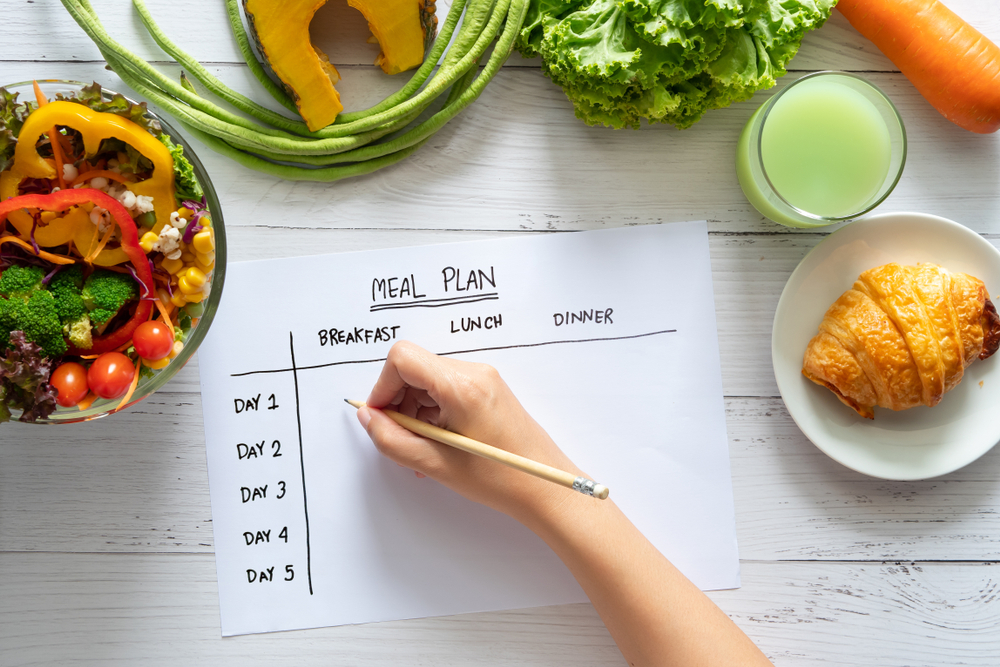
Planning your meals ahead of time can save you money and reduce food waste. By making a grocery list based on your weekly meals, you avoid impulse buys and buy only what you need. This also helps you avoid ordering take-out or grabbing unhealthy, expensive snacks. Prepping meals on the weekend can set you up for the whole week, ensuring you stick to healthy eating habits.
Meal planning also allows you to use ingredients efficiently, saving time and money in the long run. You can plan to make extra portions for leftovers or freezer-friendly meals. This helps you avoid last-minute decisions that lead to expensive and less nutritious options. The more you plan, the easier it becomes to make healthy choices while staying on budget.
Buy In-Season Produce
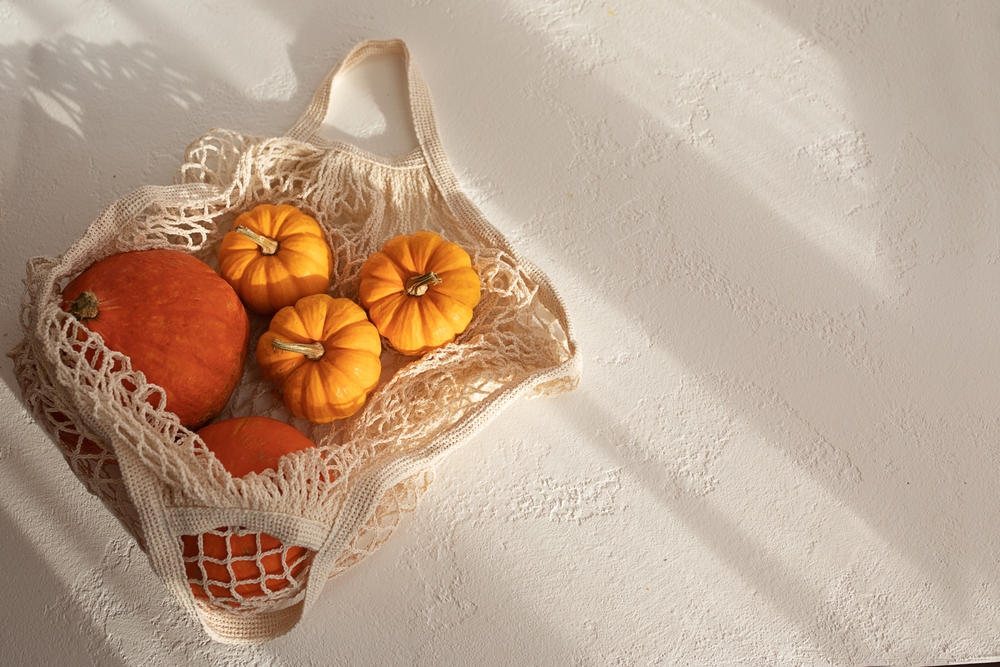
Fall is the perfect time to enjoy seasonal fruits and vegetables like squash, apples, and kale. In-season produce is often more affordable because it is grown locally and does not have to travel as far. These items are also at their peak freshness and flavor, which makes them great additions to your meals. Shopping for produce that is in-season ensures you get the best quality while sticking to your budget.
When you buy in-season, you can take advantage of sales and discounts. It is also a great way to support local farmers and get the most nutrients for your money. Look for fall staples like pumpkins, carrots, and sweet potatoes that can be used in a variety of dishes. They are versatile, healthy, and easy to incorporate into your meals without spending a lot.
Cook in Bulk
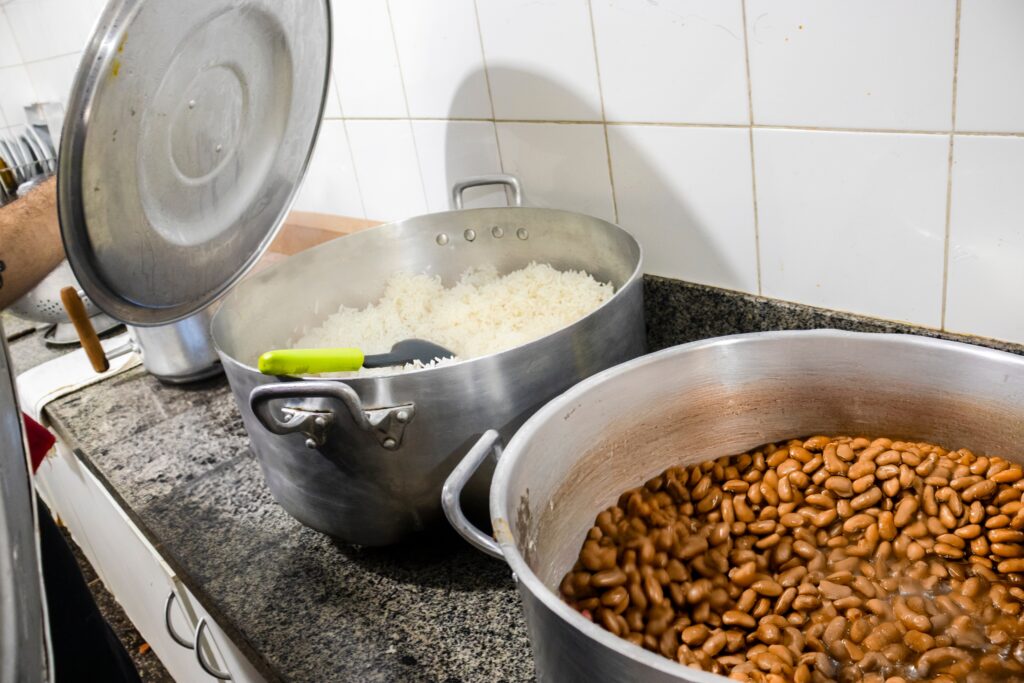
Cooking in bulk is one of the easiest ways to save both time and money. Prepare large portions of your favorite healthy meals, such as soups, stews, or casseroles, and freeze them for later. This way, you always have a nutritious meal ready when you need it, without the temptation to spend on take-out. Bulk cooking also allows you to buy ingredients in larger quantities, which is often cheaper in the long run.
Batch cooking also helps you control portion sizes and the quality of ingredients in your meals. You can store portions in single-serving containers for easy reheating during the week. Freezer meals are perfect for busy fall days when you want something healthy and convenient. Cooking in bulk makes healthy eating much easier, especially when you are on a budget.
Choose Whole Grains
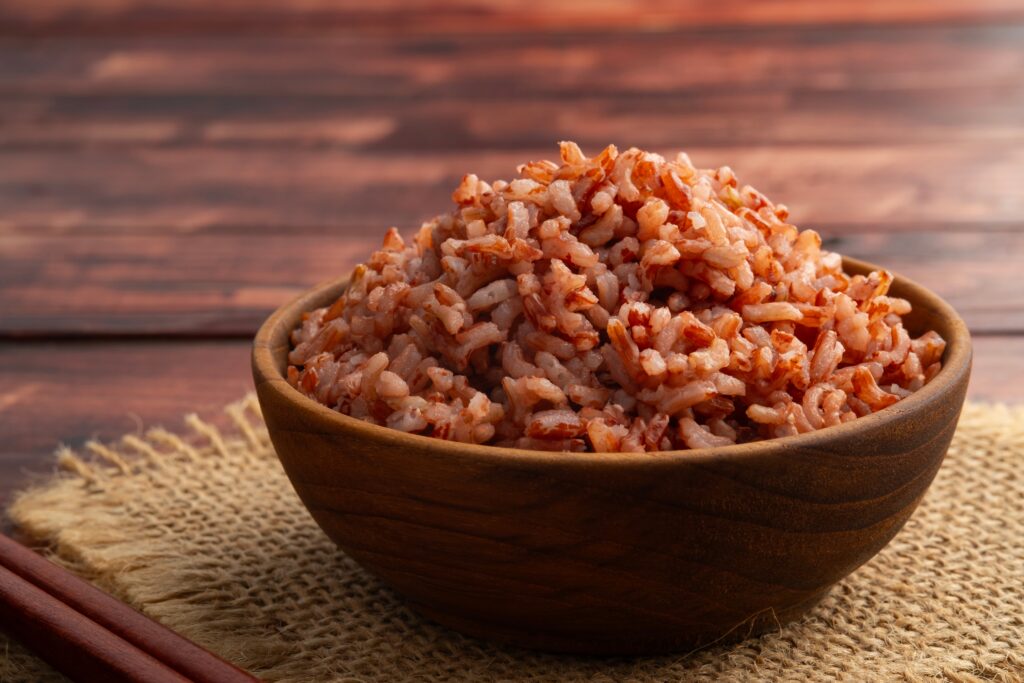
Whole grains like brown rice, oats, and quinoa are inexpensive and offer plenty of nutrients. They are a great alternative to more processed options like white rice or pasta, as they provide fiber and help you feel fuller longer. Stocking up on whole grains will keep your meals both filling and budget-friendly. You can use them in salads, soups, or as side dishes to create a variety of healthy, affordable meals.
Whole grains are also versatile and easy to prepare. You can buy them in bulk, which reduces the cost per serving. They are long-lasting, meaning you do not have to worry about them spoiling quickly. Incorporating whole grains into your diet can help you maintain energy levels and promote a healthy digestive system, all while keeping your costs low.
Prepare Simple, Homemade Soups
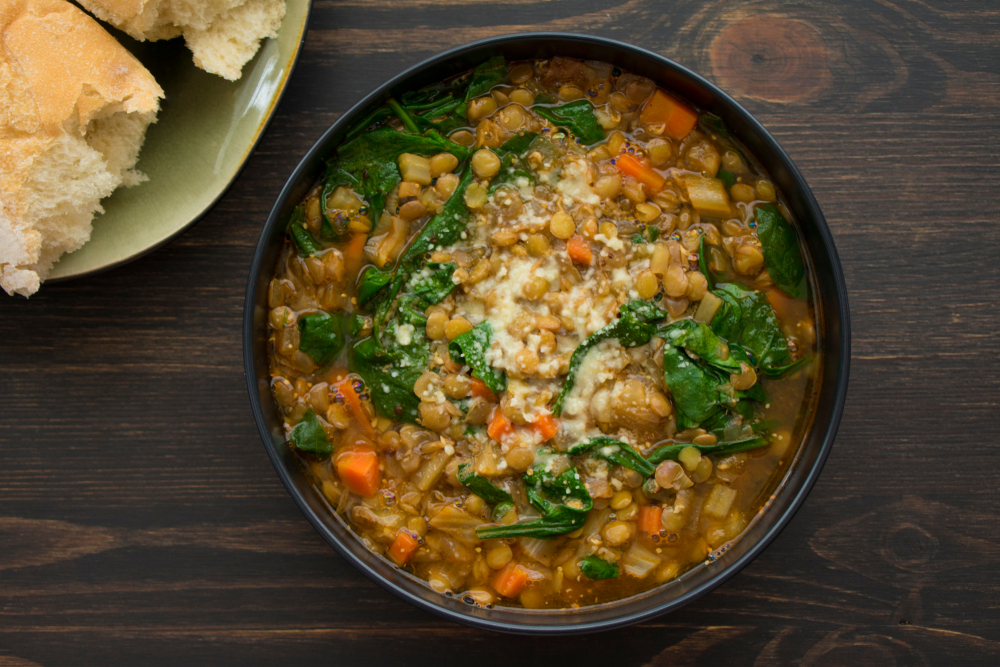
Soups are a budget-friendly way to enjoy healthy, filling meals. They are easy to make with inexpensive ingredients like beans, lentils, and seasonal vegetables. You can stretch your meals further by using leftovers to make a hearty soup, ensuring nothing goes to waste. Soups are not only cost-effective but also offer the opportunity to add a variety of nutritious ingredients.
Making soups at home allows you to control the ingredients and avoid added preservatives or sodium found in canned versions. You can also freeze portions for later, which saves time on future meals. This is a great way to make the most of your groceries and enjoy warm, comforting meals throughout the fall. Soups are perfect for chilly weather and easy to make on a tight budget.
Embrace Frozen Vegetables
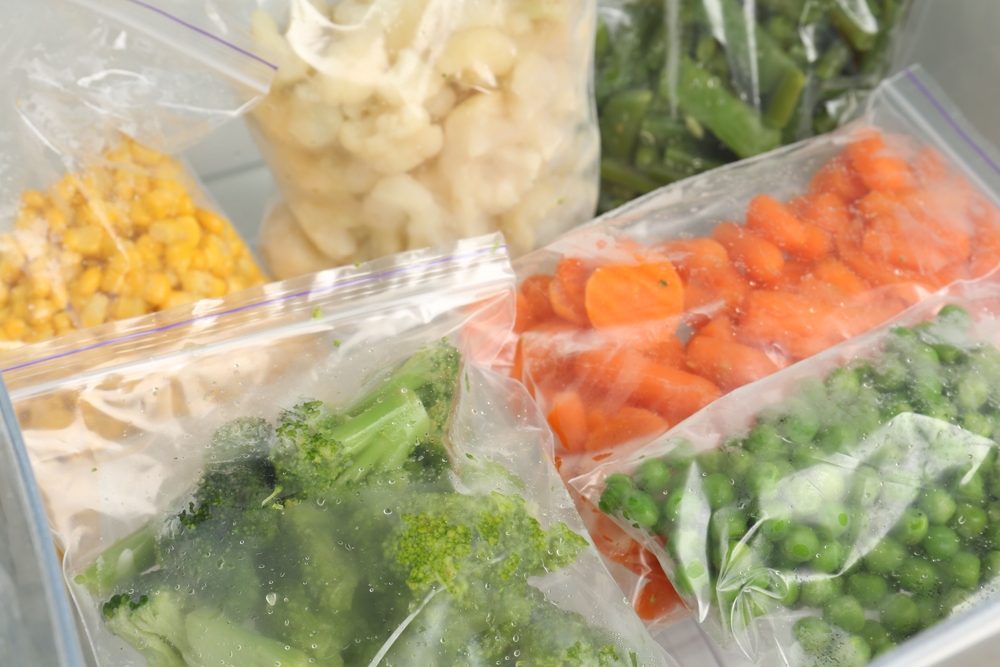
Frozen vegetables can be a game-changer when it comes to eating healthy on a budget. They are often less expensive than fresh vegetables, especially when the produce is out of season. Frozen vegetables are just as nutritious as their fresh counterparts and can be used in a variety of dishes. They are convenient, easy to store, and help you cut down on food waste by lasting longer.
Stocking up on frozen vegetables gives you a quick and affordable way to add nutrition to any meal. You can add them to stir-fries, casseroles, or soups, or simply steam them as a side dish. Buying frozen vegetables helps you keep healthy meals on hand without the concern of spoilage. They are an excellent budget-friendly option for any season.
Buy Bulk Protein Sources
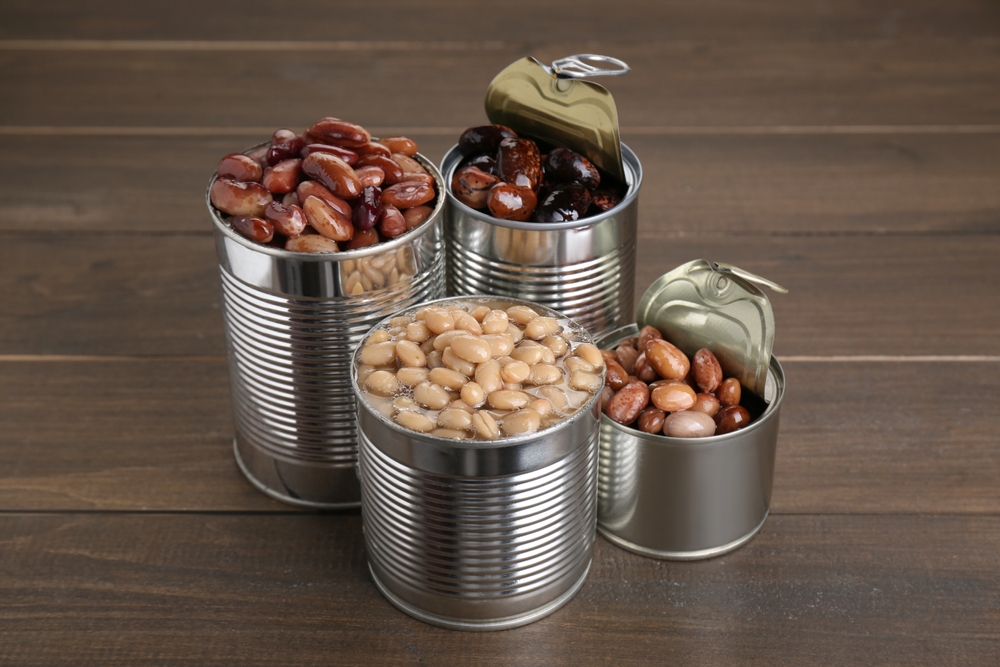
Buying protein sources like beans, lentils, and eggs in bulk can save you money while providing essential nutrients. These items are not only affordable, but they also offer plenty of protein, which is necessary for a balanced diet. You can stock up on canned beans, frozen fish, or plant-based protein options that can be used in a variety of meals. Having these items on hand ensures you have a quick and healthy source of protein for any meal.
Purchasing protein in bulk also helps you avoid buying more expensive cuts of meat or processed foods. Beans and lentils, for example, are an excellent source of protein and fiber and are very inexpensive. Eggs are another budget-friendly protein that can be used for breakfast, lunch, or dinner. With bulk protein sources, you can create a variety of healthy and filling meals that do not cost a lot.
Make Your Own Snacks
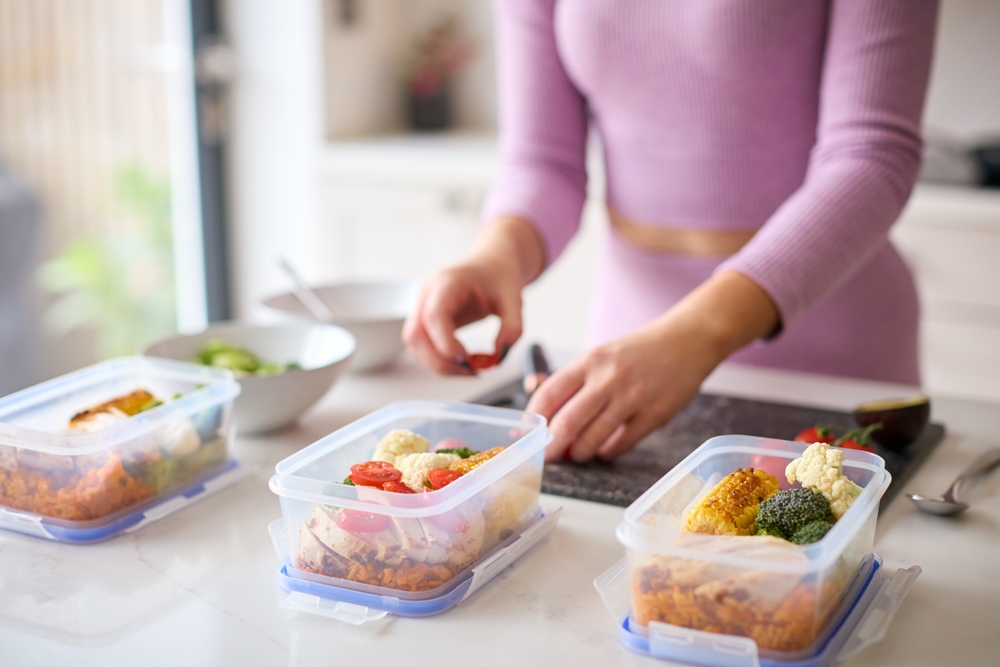
Making your own snacks is a simple way to eat healthy without spending a lot of money. Store-bought snacks are often full of added sugar, unhealthy fats, and preservatives, which can add up quickly. By preparing your own snacks, such as homemade granola, roasted nuts, or cut-up veggies, you can enjoy healthier options that are both delicious and inexpensive. Homemade snacks also allow you to control the ingredients, ensuring you get exactly what you want.
Preparing snacks in advance can help you avoid the temptation to grab unhealthy options. You can make large batches and store them in portioned containers for easy access throughout the week. Healthy snacks like fruit, yogurt, or whole-grain crackers are great alternatives to packaged foods. This is an easy and affordable way to stay on track with your health goals.
Shop at Local Farmers’ Markets
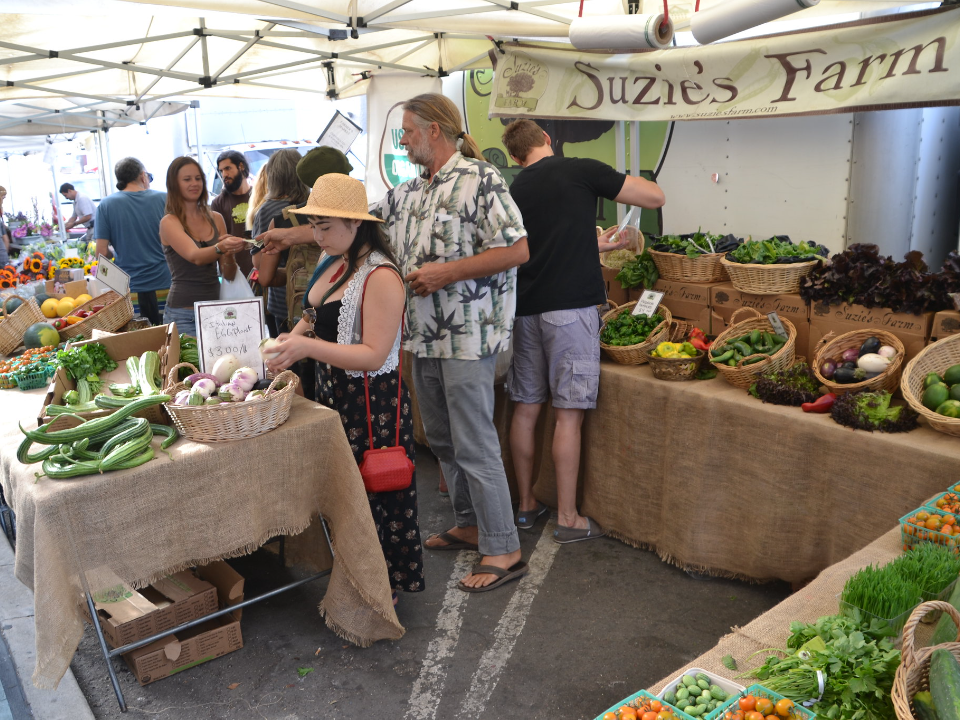
Farmers’ markets can be an excellent place to find affordable, fresh produce. Many local farmers offer their products at a lower price than supermarkets, especially if you shop toward the end of the market day. You can also find a wider variety of seasonal, organic fruits and vegetables that may not be available at larger stores. Shopping at farmers’ markets supports local businesses and ensures you are getting fresh, quality produce.
You can often negotiate prices at farmers’ markets, especially when buying in bulk. Some markets offer discounts for larger quantities, which can help you save even more. Plus, shopping locally reduces your carbon footprint, as the produce does not have to travel long distances. Farmers’ markets are a great option for anyone looking to eat healthy on a budget.
Drink Water Instead of Sugary Drinks

Drinking water is one of the easiest and most cost-effective ways to stay healthy. Sugary drinks like soda, juice, and flavored coffees can quickly add up in both calories and cost. By choosing water over these options, you reduce your sugar intake and save money. Water is essential for overall health and helps keep you hydrated without any extra expenses.
Carrying a reusable water bottle with you can remind you to drink more throughout the day. If you find plain water too bland, try infusing it with fruits or herbs like lemon or mint for a refreshing twist. Drinking water not only helps you stay hydrated but also supports your body in digesting food and maintaining energy. It is a simple habit that contributes to both your health and your budget.
Choose Affordable Plant-Based Meals

Plant-based meals are not only healthy, but they are also budget-friendly. Beans, lentils, tofu, and grains like quinoa or brown rice are affordable, nutritious staples that can be used in a wide range of dishes. Incorporating more plant-based meals into your diet can save you money while providing essential vitamins and nutrients. These meals are often lower in fat and calories, making them a great choice for maintaining a healthy lifestyle.
Plant-based meals also allow you to experiment with different flavors and textures. You can prepare everything from hearty stews to vibrant salads, all using inexpensive ingredients. Switching to more plant-based options can help you save on groceries without sacrificing flavor or nutrition. Consider exploring meatless Mondays or adding more plant-based meals to your weekly routine.
Limit Processed Foods
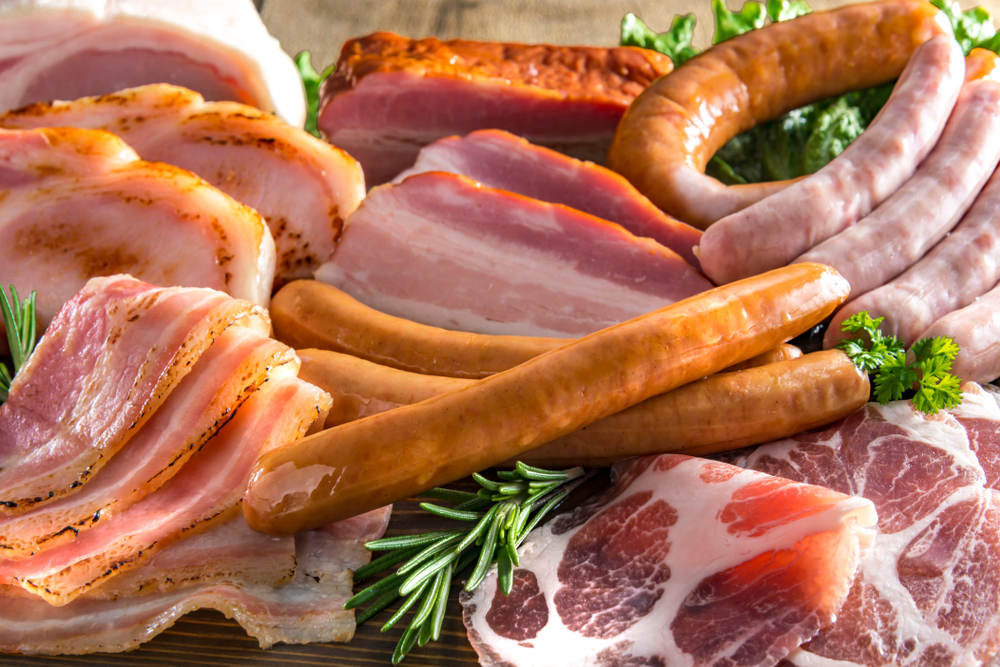
Processed foods may seem convenient, but they are often more expensive and less nutritious than whole foods. By cutting back on processed snacks, frozen meals, and packaged items, you can save money and eat healthier. Processed foods tend to be high in sodium, sugar, and unhealthy fats, which can contribute to health issues over time. Focus on whole, unprocessed foods like vegetables, fruits, and whole grains that provide better nutrition at a lower cost.
Buying whole ingredients and preparing meals from scratch can be more affordable in the long run. It may take a little extra time to prepare meals, but the health benefits are well worth it. You can make simple, healthy meals with basic ingredients, avoiding the hidden costs of processed foods. Cutting back on processed foods is an easy and effective way to eat better without spending a lot.
Cook Simple Stir-Fries
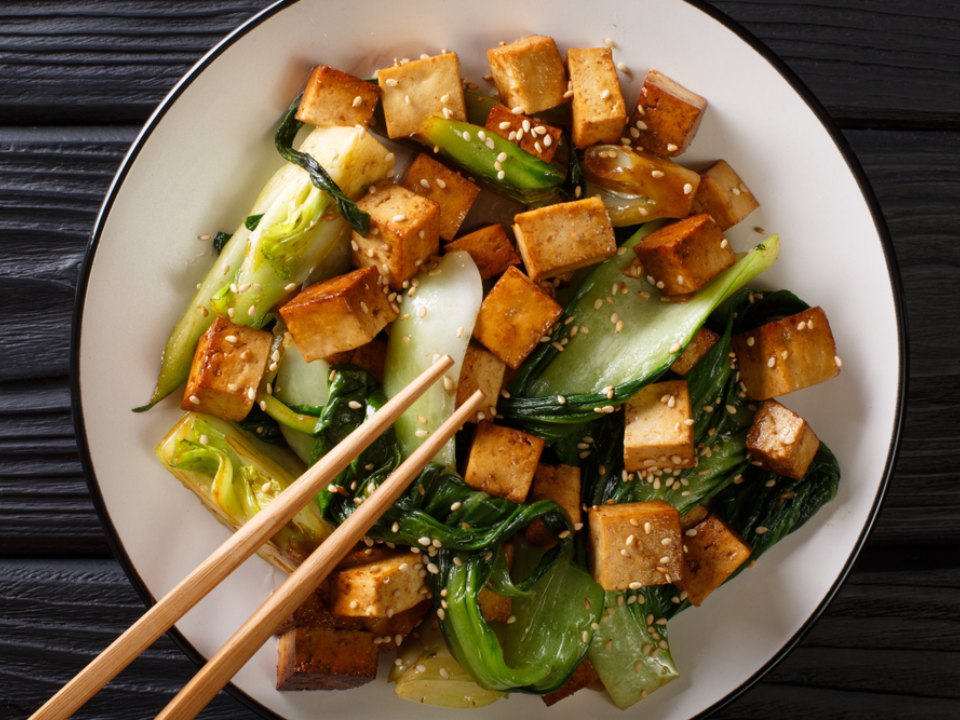
Stir-fries are a quick, healthy, and affordable way to prepare meals. Using ingredients like rice, vegetables, and a small amount of protein, you can create flavorful dishes without spending much. The beauty of stir-fries is that they can be customized with whatever vegetables or grains you have on hand, making them a versatile option for using up leftovers. A simple stir-fry sauce made with soy sauce, garlic, and ginger adds a lot of flavor without the extra cost.
Stir-fries are also a great way to load up on vegetables, which are both budget-friendly and nutritious. You can use frozen vegetables to save even more, as they are often cheaper than fresh ones and have a long shelf life. This quick meal can be made in one pan, which means less cleanup, making it a convenient option for busy nights. Stir-fries are a great go-to meal that delivers both nutrition and flavor without stretching your budget.
Buy Store Brands

When shopping for pantry staples or frozen foods, consider choosing store brands instead of name-brand products. Store brands are typically less expensive but offer similar quality, which can save you a lot of money over time. Items like canned beans, grains, pasta, and spices are often available in store brands, allowing you to eat healthy without paying a premium. By focusing on these affordable alternatives, you can keep your grocery costs in check.
Store brands are usually found in almost every grocery store, and they are a great option for basic items that form the foundation of your meals. For example, many stores carry their own versions of olive oil, cereal, or dairy products, which can be just as nutritious and tasty as their branded counterparts. Buying these products can free up money for fresh produce and other healthy options. By switching to store brands, you can still eat well without exceeding your budget.
This article originally appeared on Avocadu.
